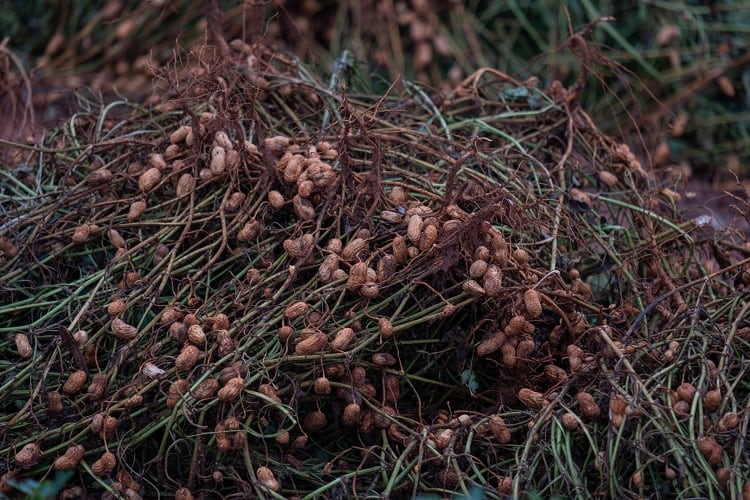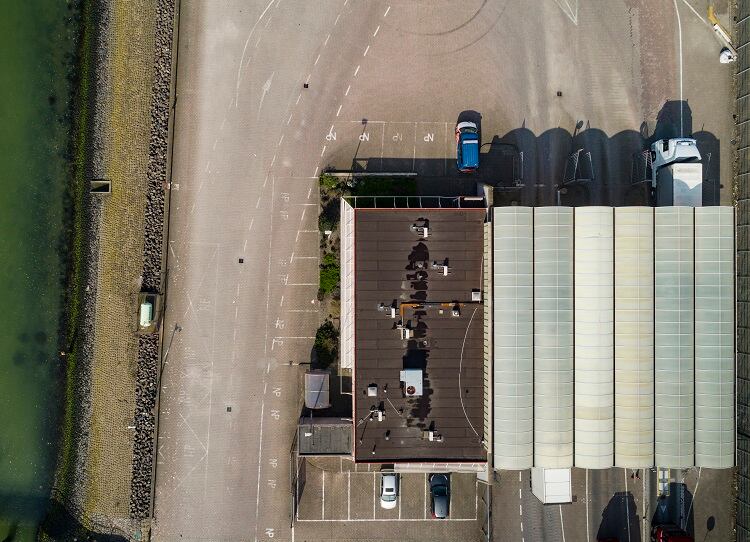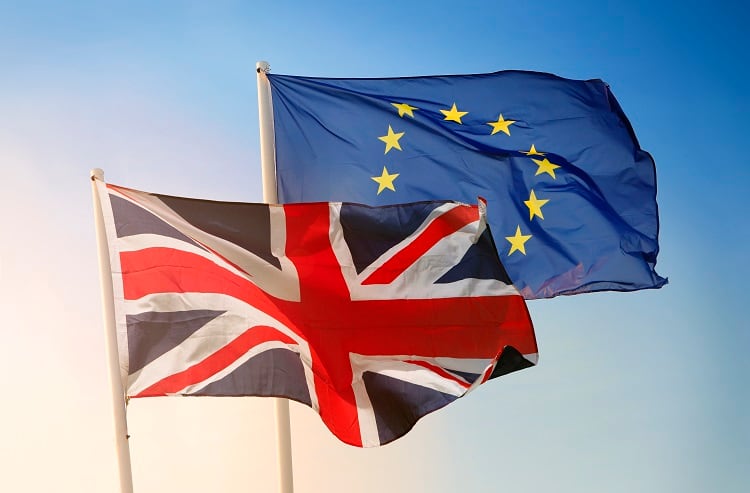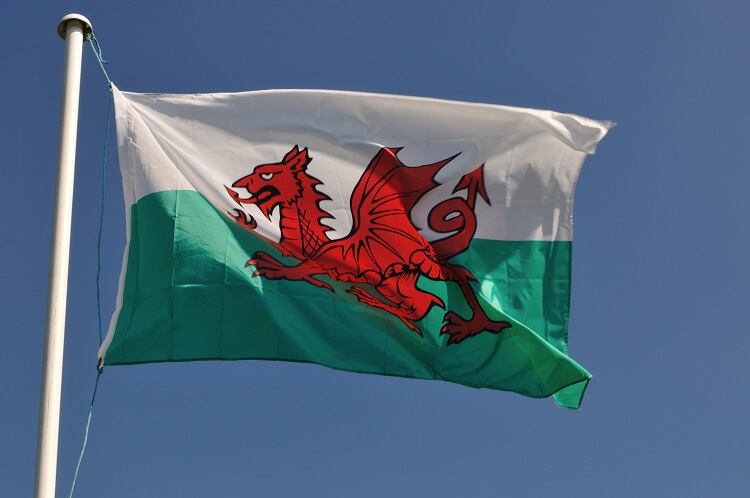The BTOM is a draft document highlighting the various levels of sanitary checks that food products imported into Great Britain will go through.
It outlines which food products will be considered high, medium and low risk to health, the level of checks that will carry out on each product, and how these risks will be assessed.
It also outlines the ways in which some traders can be given an easier ride with its ‘trusted trader’ scheme, removing certain checks for those who have been vetted for trustworthiness.
The BTOM is the result of the UK’s exit from the European Union in 2020. It provides restrictions that were previously managed by the EU.
“These controls are essential to maintaining our security and biosecurity,” said the BTOM’s introduction, “and will better protect us and our environment from invasive pests and diseases, protect public health, deliver food that is safe to eat whilst maintaining security of supply for consumers, and disrupt criminal activity before it can harm our communities.”
Gates of Britain
The BTOM is an important document for European countries wanting to trade with Great Britain, as it outlines the level of checks different products will experience at the border. “The BTOM is primarily relevant to imports into Great Britain (GB) from the EU,” Nicola Smith, a regulatory lawyer at Squire Patton Boggs, told Food-Navigator Europe. The document does not have much affect on British exports, she told us.
“Exactly how the BTOM will affect trade for imports to GB from the EU, and whether it will make trade more difficult (or at least involve increased administrative efforts!) will depend largely on the type of product,” continued Smith.
“Products are being categorised according to risk, and it is possible that risk categories for different products may change over time, depending on intelligence as to risk factors.”
The Food Standards Authority (FSA) is keenly involved in the plan. “The FSA worked with the lead government departments; the Cabinet Office, DHSC and Defra, as well as the Devolved Governments, to ensure food and feed safety and consumer protection remains at the heart of the proposed BTOM,” an FSA spokesperson told us. “When the proposals are adopted, we will continue to closely monitor the implementation.”
Currently, much of the food imported into Great Britain from the EU flows freely into the country without border checks. The BTOM will change this.
“This will allow us to apply risk-based, proportionate controls on food entering the UK from the EU,” the spokesperson continued, “and puts in place measures to both more rapidly identify and effectively respond to potential food safety incidents in future.”

The products most affected by the BTOM are medium risk products coming from Europe, as they are not currently checked at the border but will be following the BTOM’s implementation.
These include, Smith told us, “milk, chilled or frozen dairy products which contain raw milk, eggs and chilled or frozen egg products, certain fishery products, meat, mince meat, poultry, game, processed animal protein for use in feed, fat derivatives and rendered fat used in feed, gelatine or collagen used as a feed material, milk and milk-based products for feed, animal by-products for pet food, dog chews, frozen pet food and raw meat pet food, and various animal by-products.”
Keeping on top of food risks – constantly evaluating the risk environment – is also important. “Food and feed safety risks are not static and change over time,” the FSA spokesperson told us. “The proposed BTOM is data and intelligence-led and allows us to react quickly to changes, ensuring that controls remain proportionate to the risks posed.
“Key to the BTOM is therefore having good and timely information about risks attached to food and feed and its countries of origin, knowing what is coming to the UK and when it will arrive, and taking the necessary action at ports in a way that maintains fluidity of food supply chains that meet the UK’s high standards.”
High-risk products have a more particular significance in relation to where they’re coming from. “High risk food and feed of non-animal origin are those products originating from particular countries, which were identified as high risk under EU laws which carried over into the UK following Brexit,” Smith told us.

“The list of products within that regulation includes various nuts from several countries (linked to aflatoxin risks), for example peanuts and peanut butter from Bolivia, Brazil and the US and hazelnuts from Turkey; palm oil from Ghana (linked to Sudan dyes); various vegetable, herb and fruit products (linked to pesticide residue risks), for example aubergines from the Dominican Republic, peppers from Egypt and parsley from Vietnam; turnips from Lebanon and Syria (linked to Rhodamine B); and sesame seeds from Nigeria (linked to Salmonella risks).”
The border restrictions, they are a-changing
Because of the scale of the changes, the BTOM will be implemented in three distinct phases.
On 31 October, health certifications will be introduced for medium risk animal and plant products, plants, and high-risk food and feed of non-animal origin from outside the EU.
“A health certificate is a form signed by an official veterinarian confirming that the relevant provisions of local laws are met in respect of the product being imported,” Smith told us, “particularly around food safety management principles and around products being properly handled, stored, packaged and transported hygienically.” Certificates such as this are not currently required for imports from the EU to Great Britain.
Next, the 31 January 2024 will see the introduction of documentary and risk-based identity and physical checks. “A documentary check involves examination of official certifications, attestations and other commercial documents that accompany a consignment (for example, health certificates),” Smith told us.
“An identity check is essentially visual inspection of a consignment in make sure that it contains and is labelled in accordance with the accompanying consignment documents.
“A physical check verifies that the products in the consignment are compliant with sanitary and phytosanitary import requirements, for example, checks on the consignment’s packaging, means of transport and labelling. Temperature sampling for analysis, laboratory testing or diagnosis may also be involved.”
Finally, 31 October 2024 will see Safety and Security declarations for EU imports coming into force. These checks are already in force for non-EU products, but will now start affecting those from the EU as well.
Trust me, I’m a trader
The BTOM also lays out a trusted trader scheme, which allows certain traders to go through the border with fewer checks following a long vetting process to ensure that they are, indeed, trustworthy.
“‘Trusted Trader’ schemes are essentially schemes where a business undergoes assurance processes which can offer benefits such as reduced border checks for customs and excise purposes and the ability to defer customs and excise duty and import VAT payments,” Smith told us.
“Trusted Trader schemes are not currently operated in the UK in connection with Sanitary and Phytosanitary controls (measures intended to protect against risks from products, such as risks from pests, diseases, contaminants and additives).
“However, it is proposed that there will be an accredited Trusted Trader scheme in GB for animal products, a scheme which is currently being piloted; and, also, a Trusted Trader approach for plants (which will potentially include fruit and vegetables).”

The animal and plant trusted trader schemes are slightly different. The animal trusted trader scheme is “intended to allow UK-registered businesses who regularly import products of animal origin and animal by-products, to avoid routine physical checks at border control posts.
“This would involve the trader themselves undertaking routine checks and sampling. They would need to have a good compliance history; named responsible person/s for the identification, management and monitoring of risks; implement government-produced standard operating procedures; have bio-secure premises and infrastructure; provide end to end supply chain assurance; and have suitably trained and independently-acting staff.”
The scheme for plants, however, “proposes an ‘Authorised Operator Status (AOS)’ whereby the business, which must have appropriately trained personnel and internal control systems, achieves recognition that their level of expertise is sufficient to perform physical and identity import checks.
“Eligible operators (those who meet criteria of having premises designated as a Control Point) will then be responsible for performing relevant physical import checks.”
Both of these schemes have yet to be piloted, and new developments will be announced in the future.
The draft
The BTOM is currently a draft, or plan, of trade, and there is no guarantee that everything in it will remain the same when it gets put into place.
“At this stage, the BTOM is not ‘enshrined’ in legislation,” Smith told us. “The BTOM is intended to set out to set out to importers, the border industry and wider stakeholders the processes they will need to go through in order to import goods once the Border Target Operating Model is implemented, but the survey on the Draft BTOM does not close until 19 May and feedback will, presumably, then be reviewed before publication of the final version, which is intended to be in May or June.
“This seems to be a fairly limited time window to respond on a hefty, 99-page document, which includes significant detail on the proposals, so it is perhaps unlikely to change substantially from the Draft, even though the feedback process is ongoing.”
“At this stage, the BTOM is not ‘enshrined’ in legislation”
Indeed, it is currently being discussed in-depth by devolved governments. A Welsh government spokesperson said of the BTOM “we have been clear that a coherent approach to Border Controls across Great Britain is crucial in order to protect our biosecurity. We are determined to ensure that businesses have sufficient time to prepare for the changes.” The Scottish government did not reply to FoodNavigator’s request for comment.
Whatever happens, the changes will need to be put in place by 31 October, if the original deadlines for implementation are stuck to. Only time will tell.





